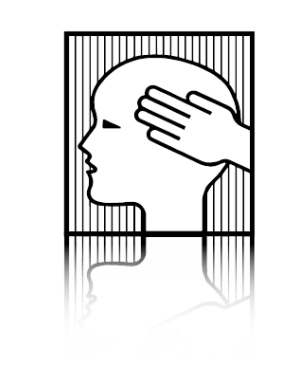THE CRANIAL CONNECTION
PARADIGM

The Cranial Connection Paradigm
for the Patient
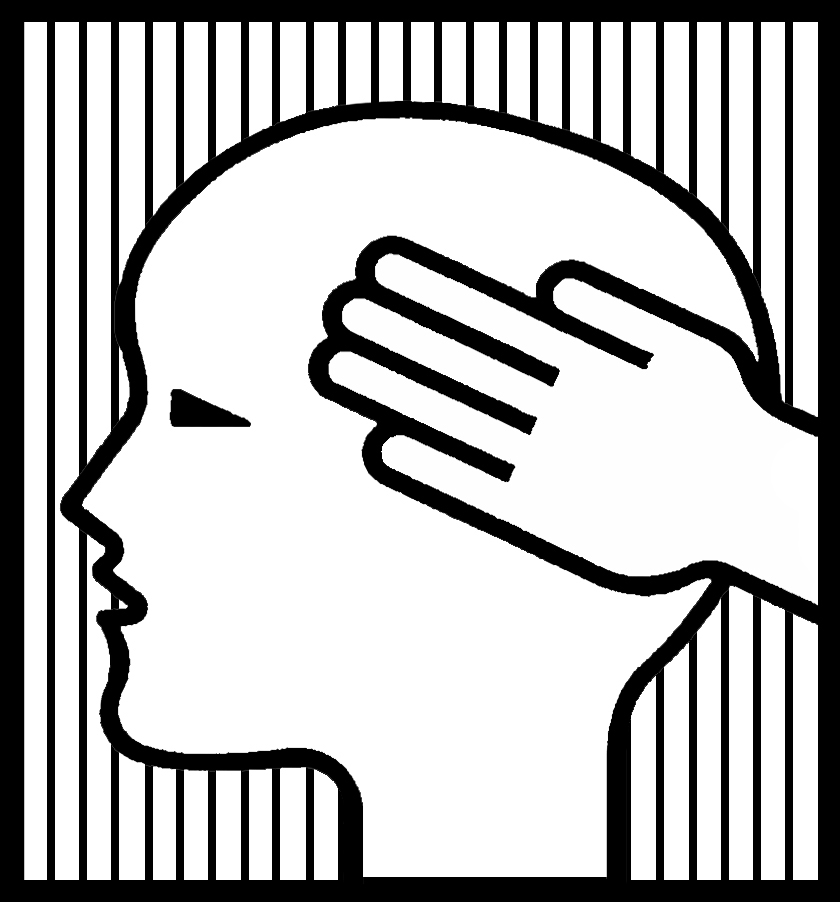
The Cranial Connection (1986)
was originally a research paper that evolved
into an introductory booklet for the professional –
– for the medical student or for the physician –
with anatomical and physiological information
about the Cranial Concept.
The Cranial Connection Paradigm (2024)
is an updated version
for patient awareness and education,
containing current information and resources
about the worldwide growth and evolution
of the Cranial Concept.
What is The Cranial Concept? What is a Cranial Osteopath?
Are you a chronic pain patient?
Do you know someone who has the diagnosis of ‘Unknown’?
Do you have children, or are you yourself thinking about orthodontics –
braces, palate expanders or Invisalign?
Have you been told surgery is your only option
…and would appreciate a second opinion with a different perspective?
Are you interested in a perspective and options beyond pharmaceuticals and surgery?
Do you think or feel that your ailments could be side effects of medication
and are looking for alternatives?
YES?
Welcome to an invigorating paradigm
within Osteopathic medicine!
The artistry of ten fingers flowing across piano keys is
audible and visible…
vibrations of Sound the ears can hear and the eyes can see.
The artistry of ten fingers
palpating the body
is silent and invisible…
Vibrations of Silence that the body can feel and the mind can sense..
The hand is a miraculous creation.
What do an Osteopath
and a Piano Teacher
have in common?
TOUCH

Both exemplify
the exceptional,
the remarkable,
the extraordinary…
Music evokes a ‘felt’ sense
beyond words.
Palpation elicits a ‘felt’ sense
beyond belief.
HANDS OF HARMONY
Harmony for Body and Soul
May Song | Enrique Granados
PRELUDE
PRELUDE for the Patient
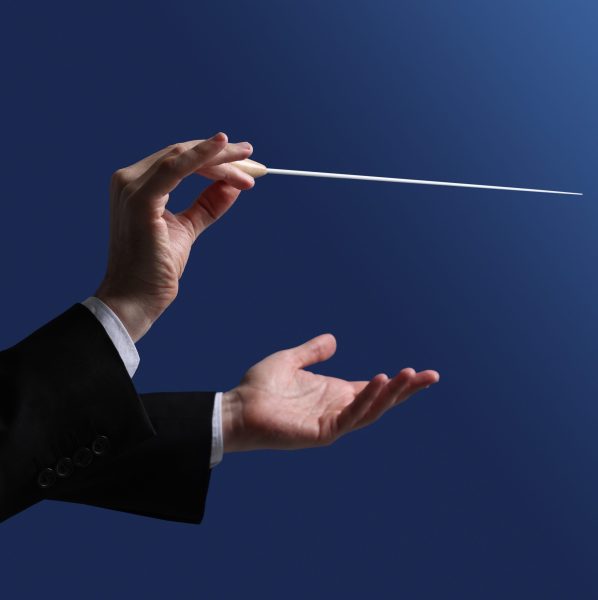
Osteopathic thought has always placed
the efficiency of the living body
at the center of its philosophical framework.

“… THE PATIENT WHO HAS THE DISEASE
and not the disease which has the patient.”
Beryl Arbuckle, 1977
PHILOSOPHICAL FOUNDATIONS
The Time is NOW
… for a paradigm shift into
functional and anatomical understanding.
..for an awareness of the BODY and the potential of HANDS.
…for recognition not only of the Patient who has the dysfunction but also for recognition of the Doctor
who is skilled in palpation.
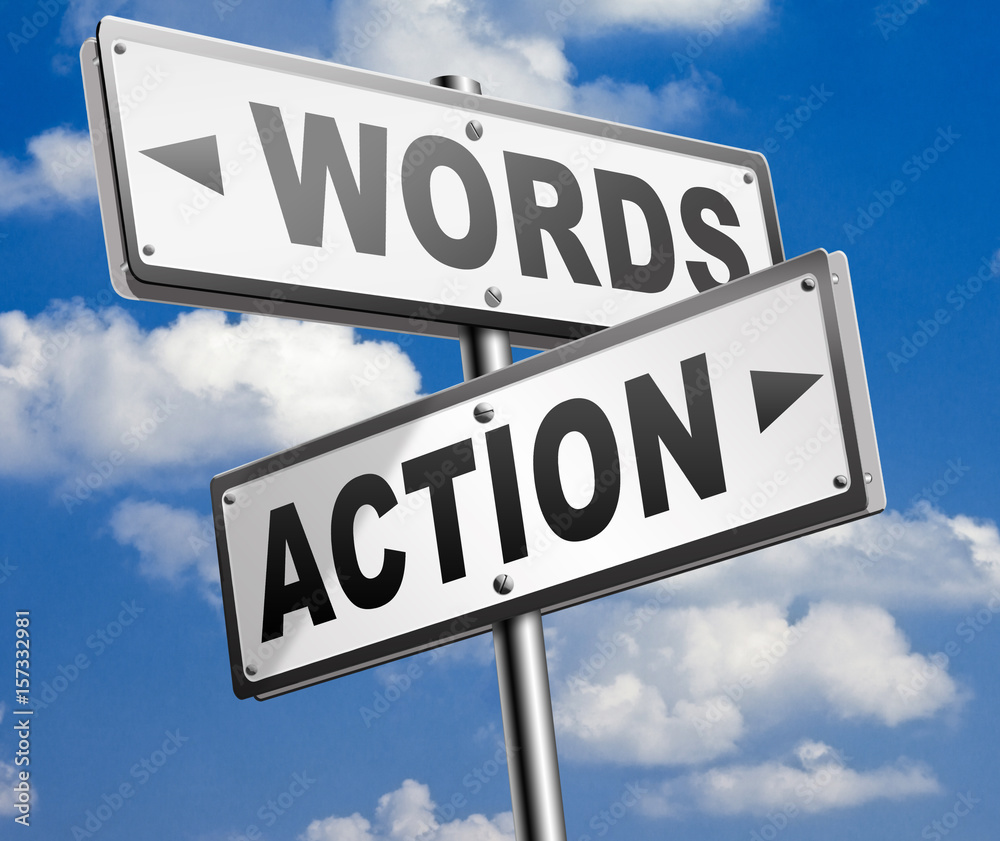
A Disease Theory
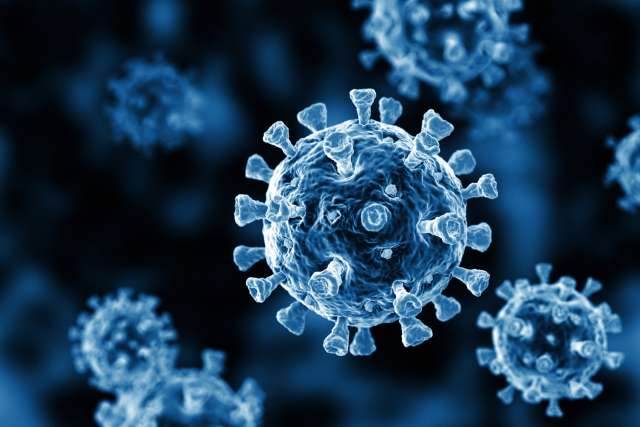
Has this changed forty years later
…in the NOW of 2024?
In 1986, current medical thinking
was dominated by two common theories:
1- The Disease Theory
2- The External Control Theory

Within the context of a Disease Theory,
current treatment of disease processes
all share one basic assumption:
EXTERNAL CONTROL
is necessary to treat pathology.
There does exist a system of medicine that approaches pathology from a different perspective.

The philosophical foundations inherent
in an osteopathic orientation should clearly be understood before introducing
The Cranial Concept
HISTORICAL EVOLUTION
Evolution of the Cranial Concept | THEN
William Garner Sutherland (1873-1954)
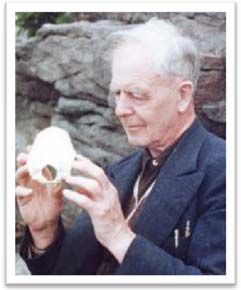
William Garner Sutherland discovered, developed,
and taught cranial osteopathy in the mid-1900’s.
His discovery, referred to as Osteopathy in the Cranial Field (OCF), was the result of his observations and wonderings
while a student at the
American School of Osteopathy in 1899.

In an ‘AHA’ moment,
he saw the temporal bone was
“beveled like the gills of a fish, indicating
respiratory motion for an articular mechanism.”
Sutherland, 1967, p. 102
Fifty years of world-wide growth.
Since the worldwide blossoming in the 1980’s,
the Cranial Concept has traveled around the globe.
Within the context and outgrowth of
The Cranial Concept
there is international recognition and validity….
Evidence-based Medicine
Results
IN-BETWEEN Then and Now

ANATOMICAL ORIENTATION
in 1986
Two Models of Sutherland’s
PRIMARY RESPIRATORY MECHANISM
Again, as in 1986 when The Cranial Connection was created, my thanks go to John O’Connor and Dan Bensky
of Eastland Press for their permission to use the illustrations from John Upledger’s book Craniosacral Therapy (1983) within this section of the website.
The dura mater plays a key role in both the Mechanical Model and the Pressurestat Model.

Mechanical Model
In the Mechanical Model,
the dura serves as a
Reciprocal Tension Membrane.
Animated Craniosacral Movement
The Primary Respiratory Mechanism
Micro-motion Expressed as Macro-motion

Sanctuary | Skaroulis
Presurestat Model
The fluid motion of the brain and the central nervous system is illustrated by Sutherland’s analogy
with a bird in flight.
THE 21st CENTURY
THE NOW
Are we living in the century that will acknowledge William Garner Sutherland’s insight
as one of the most important discoveries in human anatomy and physiology?

The Cranial Connection introduces
Facial Development with Fascial Integrity
and the Orofacial Osteopathic-Orthodontic Connection
MECHANISMS OF MOTION
Mewing, “Brain-Drain”,
Cranial Rhythmic Impulse
The Orofacial-Pelvic Connection
Current Principles
The Glymphatic System Meets the Cranial Rhythmic Impulse
A Time of Wonder
The Cranial Concept | NOW
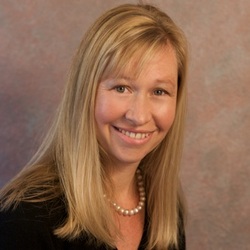
Meet Tasha Turzo, DO FCA
and discover her contribution to
The Cranial Concept
THE EVOLUTION OF EQUILIBRIUM
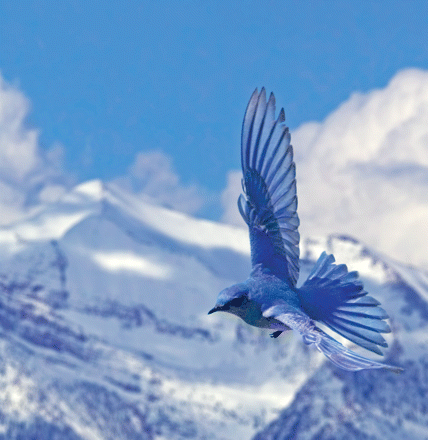
Waiting in the NOW
I unveiled – and continue to uncover – what amazing changes can and do evolve as my body continues to be awakened and speak under cranial osteopathic care… the primary form of medical treatment for a diagnosis of “Unknown”.
Disorder Unfolding into Reorder
Counter-Entropic
Self-Regulation
Disorder Unfolding into Reorder



